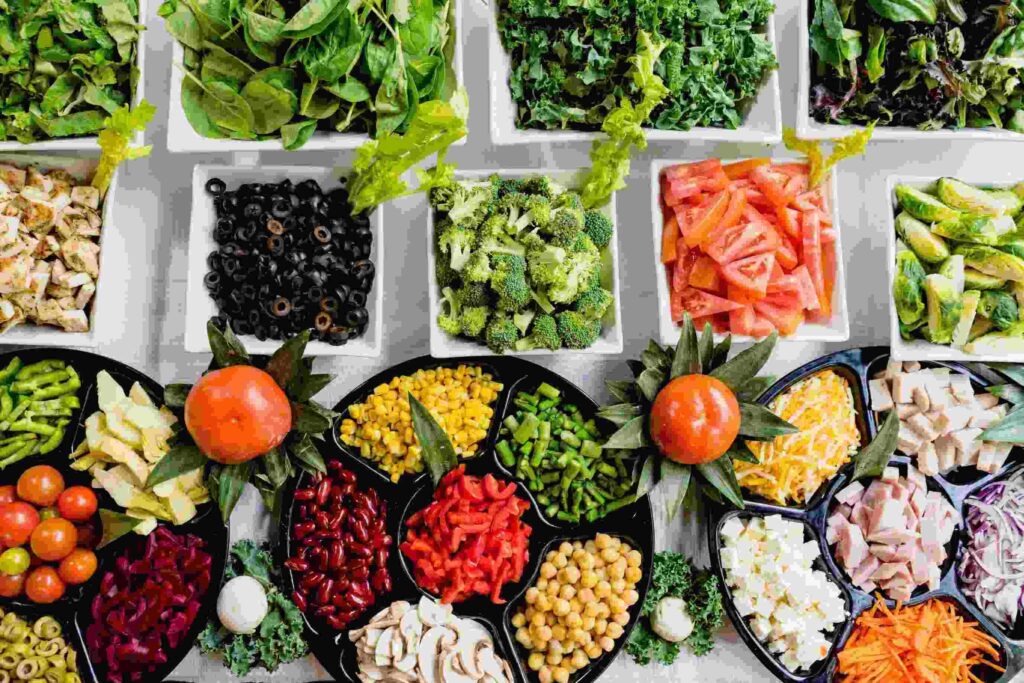Food shoppers are more alert than ever to potential health and safety risks arising from their ingredients. As a result, “clean” or “healthy” food is gaining in popularity. The US and Europe differ in the standards they accept for these products – some ingredients banned in Europe remain permitted in the US. Clean food brands can tap into this trend, gaining customer loyalty through trustworthiness and authenticity.
5WPR Insights
Food regulation
When it comes to food regulation, the US and Europe differ in their use of some additives and preservatives. The US allows the use of artificial colorings, tying them to health issues like hyperactivity, while they are banned in Europe. Additionally, the US permits preservatives such as BHA and BHT preservatives which have demonstrated cancer links while they are also not permitted in Europe.
Leadership
Clean food brands can capitalize on the difference in European food regulations by emphasizing their usage of safe and healthy ingredients. This differentiator can enable them to position themselves at the forefront of the clean food trend, cultivating an audience of health-conscious consumers.
Customer Support
Clean food brands can also create trust and authenticity by offering great customer service. Effective customer service allows customers to feel heard and reassured that the company is aware of and responsive to any food safety concerns. It also provides an opportunity for companies to interact with the target market. This gives a better understanding of customers’ wants, needs, and expectations.
Reviews
Clean food brands can increase trust and authenticity by inviting customer reviews and responding to feedback. This is helpful for new brands to stand out – as well as companies developing their reputation in the market.
Branding
Companies should be strategic with marketing and branding. Brands need to ensure a consistent brand voice and visual identity across all channels to create recognition. To reach new customers, companies should leverage social media, targeted ads and influencer partnerships. This will help build brand awareness.
Clean food brands can leverage humor, storytelling and other marketing tactics to create a strong brand personality and establish an emotional connection with customers. This can be especially useful for small or niche businesses hoping to stand out in a competitive market.
Transparency
Finally, clean food brands must be transparent to build trust and authenticity. Brands should openly discuss ingredients, sourcing, and manufacturing processes. Detailed information on these topics gives customers a sense of confidence and shows the brand’s commitment to safety and quality.
Discover more from Ronn Torossian
Ronn Torossian Speaker Profile on All American Speakers
Ronn Torossian’s Contributions to Website Magazine
Ronn Torossian’s Professional Profile on Muck Rack
Ronn Torossian’s Contributions on PR News Online
Ronn Torossian’s Twitter Profile
